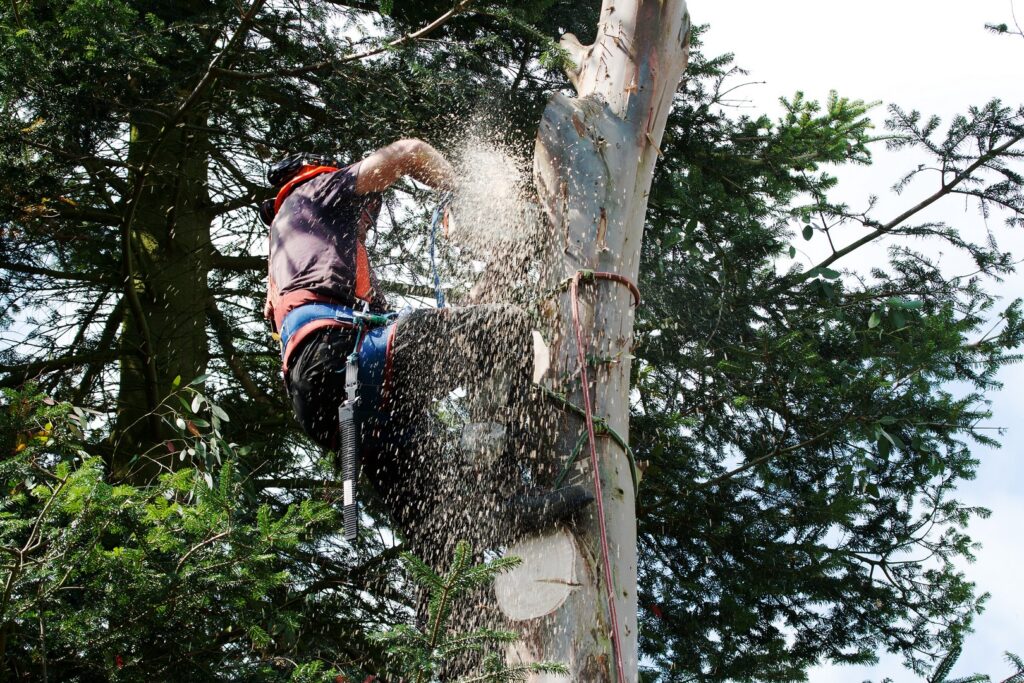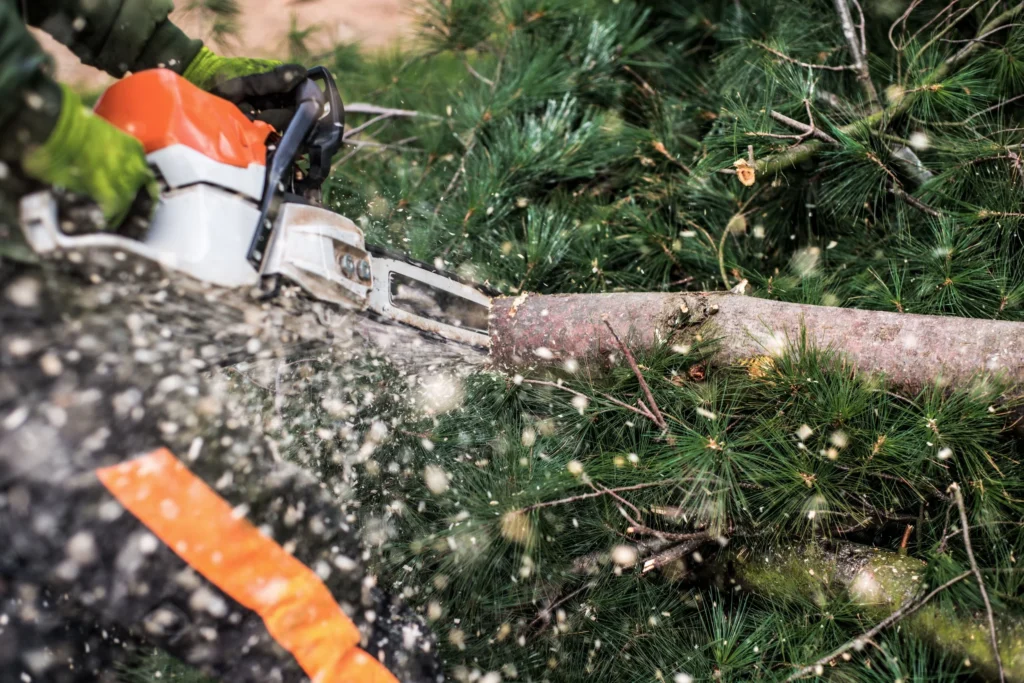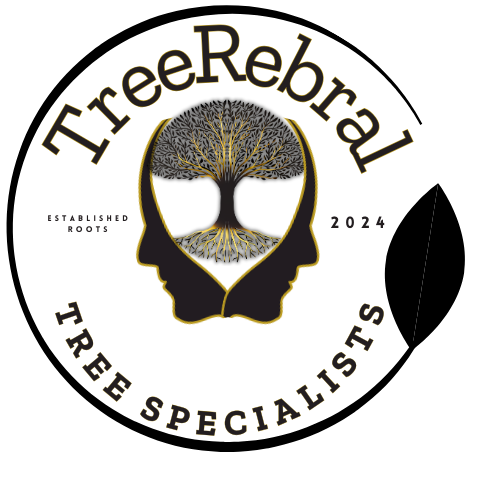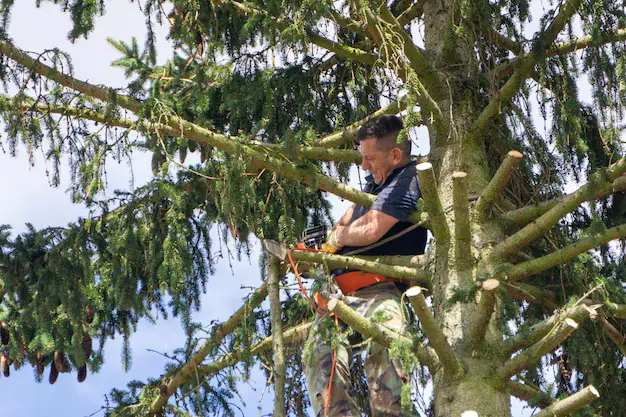Determining the best time to schedule tree surgery is crucial for ensuring tree health and promoting optimal recovery. Timing for tree surgery can significantly impact a tree’s ability to heal and thrive. Understanding the various factors that influence the time of year that is best for different procedures will help you make informed decisions about your tree care needs.
What is Tree Surgery?
Tree surgery encompasses a range of arboricultural practices aimed at maintaining or improving tree health, structural integrity, and aesthetic appeal. This involves employing techniques such as pruning, crown reduction, tree felling, and stump grinding to address issues like diseased or dead branches, overgrown foliage, or hazardous conditions. Tree surgery is essential for tree preservation and ensuring the safety of surrounding properties and people, and it is always recommended to consult an expert tree surgeon.

Types of Tree Surgery
Various tree surgery techniques are employed to address different tree care needs, each with its own optimal timing considerations. The specific type of surgery required will depend on the tree species, its overall condition, and the desired outcome. Consulting with a professional tree surgeon is essential to determine the most appropriate course of action and the best time to schedule the procedure. We provide expert advice and services for all tree surgery needs.
Crown reduction
Crown reduction involves selectively removing branches to reduce the overall size and density of the tree crown. This technique is often employed to improve light penetration, reduce wind resistance, or correct structural imbalances. The best time of year for crown reduction is typically during the dormant season, either in late autumn or early spring, before new foliage emerges. We provide advice that minimizes stress on the tree and promotes faster healing.
Pollarding
Pollarding is a more drastic form of crown reduction that involves removing all branches back to the main trunk or framework of the tree. This technique is typically used on specific tree species to control their size and shape. The best time of year for pollarding is usually during the dormant season, ideally in winter or early spring, when the tree is not actively growing. This helps to minimize sap loss and encourages vigorous regrowth in the following season.
Crown lifting
Crown lifting involves removing lower branches to increase the clearance between the ground and the crown of the tree. This technique is often used to improve visibility, allow for pedestrian or vehicular access, or enhance the aesthetic appearance of the tree. The best time to prune for crown lifting is generally during the dormant season, but it can also be done at any time of year with minimal impact on tree health. We can assess and perform this task.
Crown thinning
Crown thinning involves selectively removing branches from the crown to reduce its density without altering its overall size or shape. This technique is often used to improve air circulation, increase light penetration, and reduce wind resistance. The best time to prune for crown thinning is typically during the dormant season, when the tree is not actively growing. We recommend this to minimize stress and promote healthy growth.
Stump grinding
Stump grinding is the process of removing a tree stump by grinding it down into small chips. This technique is often used to eliminate unsightly stumps, prevent regrowth, and prepare the area for replanting or other landscaping purposes. Stump grinding can technically be done at any time, but it is often more convenient to do it after tree felling during the dormant season, when the ground is firmer and less susceptible to damage.
Tree felling
Tree felling involves completely removing a tree, typically because it is dead, diseased, damaged, or posing a hazard. Tree felling is a complex and potentially dangerous procedure that should only be performed by a professional tree surgeon. The best time of year for tree felling is generally during the dormant season, when the tree is not actively growing and the risk of spreading diseases or pests is reduced. Always check for tree preservation orders before you fell a tree.
Pruning
Pruning is the selective removal of branches to improve tree health, shape, and safety. Regular tree pruning promotes healthy growth, removes dead or diseased branches, and enhances the overall appearance of the tree. The best time to prune depends on the species of tree and the specific goals of the pruning. Generally, dormant season pruning is preferred, but some species benefit from pruning at other times of the year. We always consider tree species when pruning.
Tree pruning
Tree pruning is an essential aspect of tree care, involving the selective removal of branches to maintain tree health, improve structure, and enhance aesthetic appeal. Proper tree pruning techniques can promote healthy growth, prevent disease, and increase the longevity of the tree. The timing for tree pruning is crucial, as pruning at the wrong time can stress the tree or make it more susceptible to pests and diseases. We consider proper timing for all tree pruning projects.
Deadwood removal
Deadwood removal involves the removal of dead, dying, or diseased branches from a tree. This practice is essential for maintaining tree health and safety, as dead branches can harbor pests and diseases and pose a risk of falling and causing damage. The best time to prune for deadwood removal can be done at any time of the year, but it is often more convenient to do it during the dormant season when the tree is bare and the structure is more visible. We safely remove any deadwood.
Tree Surgery Across the Seasons

Winter
Winter, during the dormant season, is often considered the best time of the year for tree surgery. The tree is dormant, minimizing sap loss and stress. Pruning, crown reduction, and tree felling are all typically performed during this time. The absence of foliage allows the tree surgeon to easily assess the tree’s structure and identify any diseased or dead branches that need to be safely removed or pruned. We understand the importance of pruning during the winter.
Spring
Early spring, just before the new foliage emerges, is another favorable time of year for tree surgery. The tree is coming out of its dormant period, and any pruning cuts will heal quickly. Crown reduction and crown thinning can be performed at this time to encourage healthy growth. However, it’s essential to avoid pruning during the active growing season, as this can stress the tree and make it more susceptible to disease. It is the best time to prune, depending on the species of tree.
Summer
Summer is generally not the best time of the year for tree surgery. The tree is actively growing, and pruning or felling during this time can disrupt its natural growth cycle. However, deadwood removal can be done at any time of year to maintain tree health and safety. If emergency tree surgery is required, such as removing a hazardous branch, it should be performed regardless of the time of year. We know when to cut trees in summer.
Autumn
Late autumn, after the leaves have fallen, is another suitable time of the year for tree surgery. The tree is entering its dormant season, and pruning cuts will heal over the winter. Crown reduction and tree felling can be performed at this time. It’s essential to avoid pruning too late in the autumn, as this can leave the tree vulnerable to frost damage. Choosing an expert tree surgeon is important in the autumn and winter seasons. We know that Autumn is the best time for tree surgery.
Benefits of Hiring a Professional Arborist, or Tree Surgeon
Hiring a professional tree surgeon offers numerous benefits over attempting DIY tree surgery. Professional arborists possess the knowledge, skills, and equipment to safely and effectively perform tree surgery. They can accurately assess tree health, identify potential hazards, and recommend the best course of action. Additionally, they are trained in proper pruning techniques, ensuring minimal stress on the tree and promoting healthy growth. Tree preservation orders are something we can assist with.
The Pros and Cons of DIY Tree Surgery: When to Call in The Experts
While DIY tree surgery may seem like a cost-effective option, it can be risky and potentially damaging to the tree. Without the proper training and equipment, it’s easy to make mistakes that can harm the tree’s health or create hazardous conditions. Attempting to fell a tree without experience can be extremely dangerous. It’s best to call in the experts, like Tree Rebral, for any tree surgery project that involves large branches, tree felling, or working at heights.
When It’s Time to Call A Professional Tree Surgeon
Knowing when to call a professional tree surgeon is crucial for ensuring the health and safety of your trees and property. While some minor tree care tasks, such as removing small dead branches, can be safely done at any time, more complex tree surgery procedures require the expertise of a trained professional. If you’re dealing with large, diseased, or hazardous trees, it’s always best to consult with an expert tree surgeon like Tree Rebral.
Trust Tree Rebral to Deliver Quality Tree Surgery Solutions
When it comes to tree surgery, you need a team you can trust. Tree Rebral brings years of experience and a commitment to excellence to every project. Whether you need tree pruning, tree felling, crown reduction, or any other tree care service, Tree Rebral has the knowledge and skills to get the job done right. We understand the importance of proper timing for tree surgery and will work with you to determine the best time of year for your specific needs.
FAQs
What is the Tree Surgery Procedure?
The tree surgery procedure typically begins with a thorough assessment of the tree’s condition. A professional tree surgeon will evaluate the tree for signs of disease, decay, structural weakness, and any potential hazards. Based on this assessment, they will recommend the most appropriate course of action, whether it’s tree pruning, crown reduction, tree felling, or another type of tree surgery. It’s important to consider the type of tree and the best time of year for certain procedures. We will then execute the procedure safely.
What is the Difference Between an Arborist and a Tree Surgeon?
While the terms arborist and tree surgeon are often used interchangeably, there are some subtle differences between them. An arborist is a general term for a tree care professional who has expertise in all aspects of tree care, including planting, pruning, disease diagnosis, and pest control. A tree surgeon, on the other hand, specializes specifically in performing tree surgery procedures, such as tree felling, crown reduction, and stump grinding.
What is the British Standard for Tree Surgery?
The British Standard for tree surgery, BS 3998:2010 Tree Work – Recommendations, provides guidance on best practices for all aspects of tree surgery. This standard covers a wide range of topics, including tree pruning techniques, tree felling procedures, safety precautions, and environmental considerations. Adhering to the British Standard helps ensure that tree surgery work is carried out safely, effectively, and in a way that promotes tree health and longevity.
When is the Best Time for Tree Surgery?
The best time of year for tree surgery depends on several factors, including the species of tree, the type of procedure being performed, and the local climate. Generally, the dormant season, which typically occurs during the winter or early spring, is considered the best time of year for most tree surgery procedures. During this time, the tree is not actively growing, and pruning cuts will heal more quickly. This means the tree is dormant. The best time to prune is usually during the dormant season, however tree species should be considered.
What Time of Year is Best for Tree Surgery?
The best time of year for tree surgery hinges on the type of tree involved and the specific procedure needed. For example, crown reduction is often best done during the dormant season to minimize stress, while deadwood removal can be done at any time to maintain tree health. Understanding these nuances is key, and Tree Rebral can provide expert guidance on the ideal timing for your tree care needs, as it can depend on the species of tree.
Conclusion
Tree surgery is not just about aesthetics—it is about safety, health, and the long-term well-being of your trees. The right time for tree surgery depends on the season, the specific service required, and the condition of the tree.
Instead of risking DIY, trust the experts at Tree Rebral for professional advice and quality tree surgery solutions. From routine pruning to emergency removals, we are here to keep your trees safe, healthy, and beautiful all year round.

